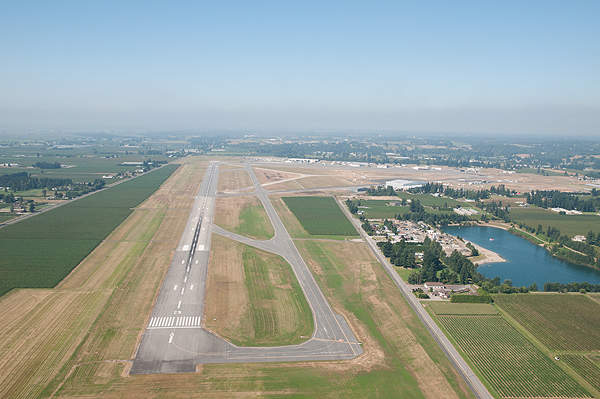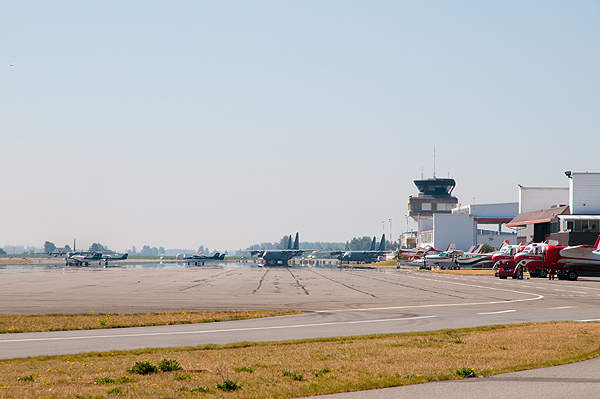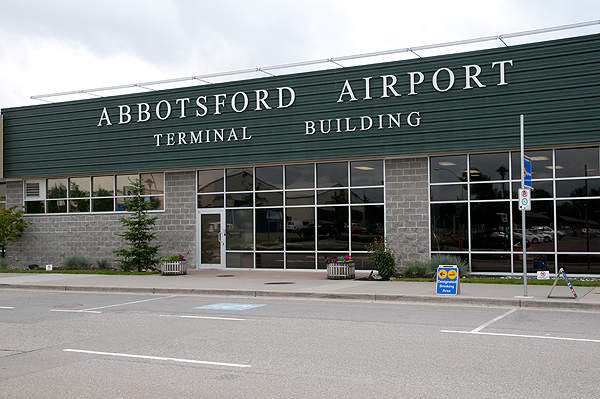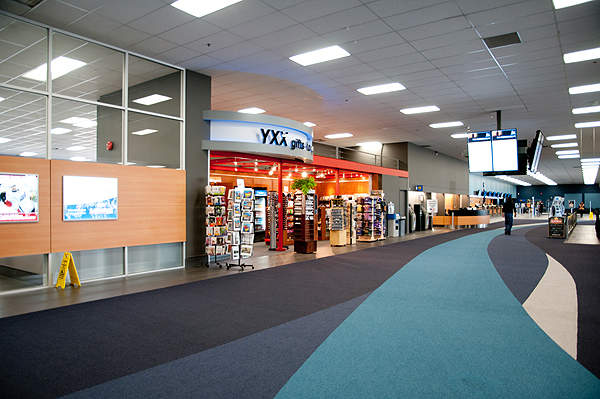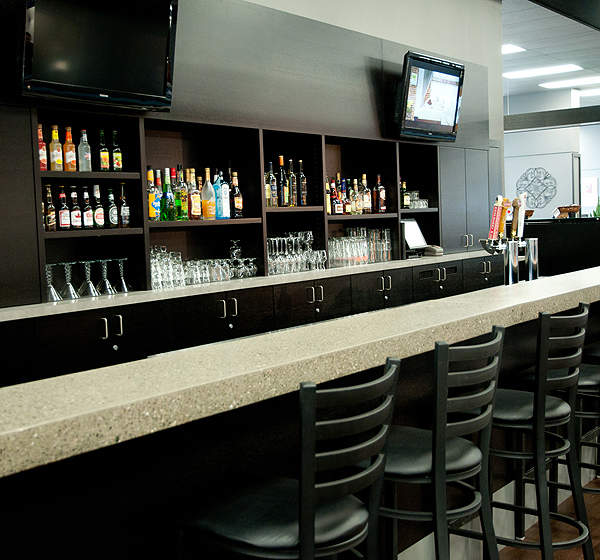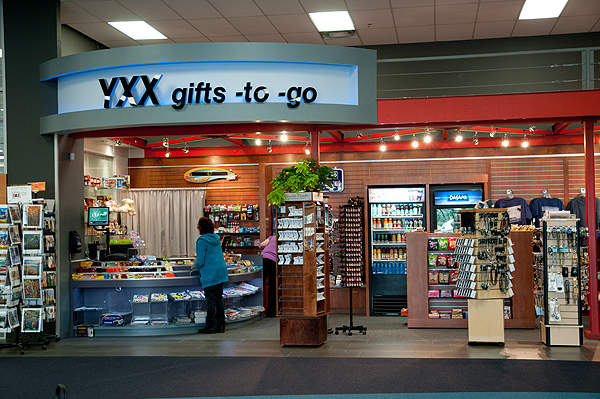Abbotsford International Airport is located four kilometres away from the city centre of Abbotsford in British Columbia, Canada. The airport was constructed in 1943. It is operated by the Abbotsford Airport Authority (AAA) on behalf of the city of Abbotsford.
The airport is spread over 519 hectares. It served about 475,223 passengers and witnessed 96,864 aircraft movements in 2011. It is a hub for airline operators such as Air Transat, Orca Airways and Island Express Westjet Airlines.
Abbotsford International Airport 2010 expansion
The airport has undertaken a $30m expansion project in 2010. The expansion, which was completed in September 2011, has doubled the capacity of the airport. The project included improving terminal facilities, construction of a new taxiway and expansion of west apron, as well as rehabilitation of electrical and lighting systems.
The expansion was funded by the governments of Canada and British Columbia, and the airport authority with equal investments.
Government of Canada had funded the expansion under its Economic Action Plan, an Infrastructure Stimulus Fund. The fund envisages support for more than 4,100 infrastructure projects across the country.
The expansion contract was awarded to Jakes Construction. Fraser City Installations was the electrical contractor. Imperial Paving was the primary surfacing contractor. Engineering and support for the project was provided by Hatch Mott MacDonald.
Terminal features at British Columbia’s Abbotsford airport
The airport has a single level, 4,582 square metre terminal building. The terminal was built in 1998 and earlier expanded twice, in 2002 and 2004.
It has 19 check-in desks, two security points, three baggage claim units, departure lounge and one baggage load point. It also features a gift shop, restaurants, retail outlets and a duty free shop. Passengers can access wireless internet throughout the terminal.
The terminal facilities were improved further as part of the 2011 expansion. The terminal now has an upgraded departure lounge, security area, guest check-in counters, washrooms, a new tourist information centre and new flooring and finishes.
Runway and taxiway details at the Canadian airport
The airport has two runways. The first runway is (07/25) 9,600ft long and is paved with asphalt and concrete. The second runway (01/19) is 5,328ft in length and paved with asphalt.
The airport has four major taxiways paved with asphalt. A new taxiway (taxiway C) was constructed during the 2011 expansion project. The 9,600ft long taxiway parallels the primary runway 07/25.
The 3,570ft long apron I located parallel to the second runway 01/19 was rehabilitated to a new controlled taxiway in 2011.
Baggage handling systems and maintenance facilities in the terminals
Baggage conveyors at the airport were installed by Pacific Conveyors. Outbound baggage handling system was installed by Glidepath.
Shell Aviation provides fixed base operations (FBO) services at the airport. Cascade Aerospace provides aircraft maintenance and repair facilities at the airport in a 230,000 square feet facility with airside access.
Limousine, taxi and shuttle bus services are available at the airport. Shuttles taxis and four car rental agencies are located on-site.
The airport has 460 short-term and 532 long-term parking spaces. Short-term parking is located close to the terminal and long-term parking lot is located on southwest of the terminal. In addition, an overflow parking lot is located near the Tradex building, for use during periods of peak traffic.
Future master plan for the AAA’s Abbotsford International Airport
The master plan envisages development of the airport to attract aerospace industry and additional commercial air service to the city of Abbotsford. The airport has 100 hectares of land available for aerospace industrial development.
The airport plans to earn a net operating income of $5m and create 3,000 direct jobs by 2030 through expansions. It aims to service four million passengers a year by 2025. It also plans to expand its cargo capacity.

